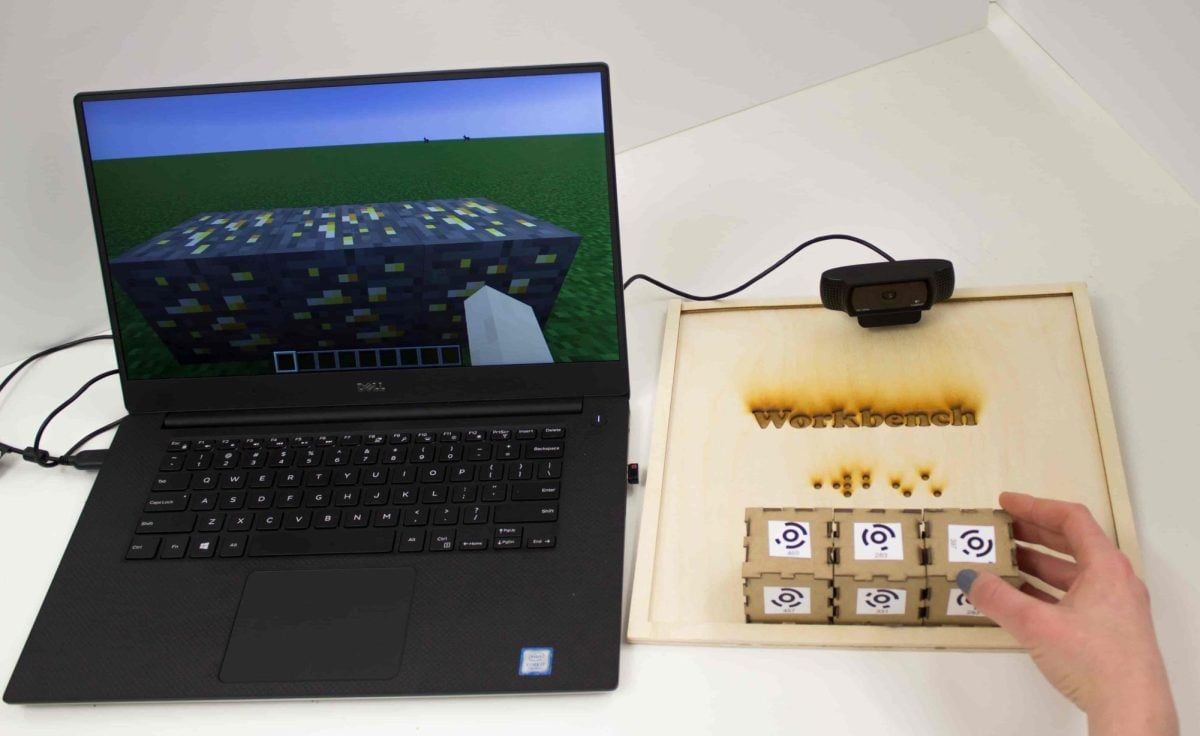NU wins government grant to ease doctors’ transition to electronic records
A multimillion-dollar governmental grant awarded to Northwestern last year may help increase the number of physicians who decide to adopt and effectively use electronic medical records.
The new initiative is funded by the Health Information Technology for Economic and Clinical Health Act, which will work to encourage primary care clinicians to phase out paper-based patient records from their medical practices. The new program is part of the even larger $787 billion American Recovery and Reinvestment Act, which was signed into law last February.
About $7.6 million was given to both NU and Northern Illinois University to establish a number of regional extension centers that cover the state. Each of these centers will serve a specific geographic area and offer technical assistance, guidance and information to physicians in order to facilitate the transition to an electronic health records system.
The extension program is expected to roll out an estimated 70 regional centers and reach at least 100,000 physicians nationwide, said Dr. Abel Kho, an assistant professor at NU’s Feinberg School of Medicine.
Besides receiving technical support while moving toward electronic records, physicians will be compensated about $44,000 over four years, provided they make meaningful use of the new system. The incentive was created to help lower the costs of switching over to electronic records, which deter many physicians from making the change, Kho said.
Only about 30 percent of Chicago-area doctors have chosen to implement electronic patient records in their practices. But Kho said electronic record systems are more efficient and confer a number of distinct benefits. These benefits include computerized clinical decision support systems, which can manage a patient’s entire medical history and give advice to physicians during times of uncertainty.
“Electronic health records have great potential to improve the quality, safety and value of clinical care in this country,” he said. “We’re excited to have the opportunity to help move this vision forward.”
Feinberg study uncovering neurological marker for hug-averse Fragile X patients
A new study from Northwestern’s Feinberg School of Medicine is taking steps to further understand Fragile X syndrome, a genetic-linked defect that can cause mild learning problems or physical abnormalities and profound mental retardation. While a large proportion of Fragile X patients are clinically diagnosed with autism, a highly variable neurodevelopmental disorder, a majority of autistic individuals do not have Fragile X syndrome.
The research is uncovering a neurological marker of one of the disease’s curious symptoms-a severe disliking of being touched or hugged.
In order to investigate this hypersensitivity in Fragile X patients, NU Prof. and lead investigator Anis Contractor honed in on the sensory cortex, a part of the brain that processes a wide array of sensory experiences, including touch.
“We were really interested in this part of the brain because we knew that (these patients) had issues with sensory perception,” Contractor said.
Individuals with Fragile X tend to shy away from physical contact with others, a characteristic known as tactile defensiveness, but are also especially perturbed by auditory and visual stimuli, he said.
The research team observed the development of the sensory cortex in mice, which rely heavily on touch for navigating their environments. Scientists found the sensory cortices in mice afflicted with Fragile X did not develop properly. Specifically synapses, the crucial structures that allow one brain cell to communicate with another, developed more slowly than usual in these mice.
For brains to develop properly, there is a critical window of time during which synaptic connections must be made rapidly in a coordinated manner. Then the brain’s plasticity begins to decline, as brain cell connections can no longer be changed.
“We found this critical period was shifted by a few days,” he said. “This may have a domino effect on other regions of the brain, as the whole system doesn’t wire up properly.”
Understanding how and when brain development goes awry in Fragile X patients may help scientists determine the most optimal time to deliver therapeutics and guide the brain along a normal course of development.
“This critical window of plasticity is where we need to be focusing on,” Contractor said. “If we can target therapies during that period, maybe we can correct some of the problems that occur.”







